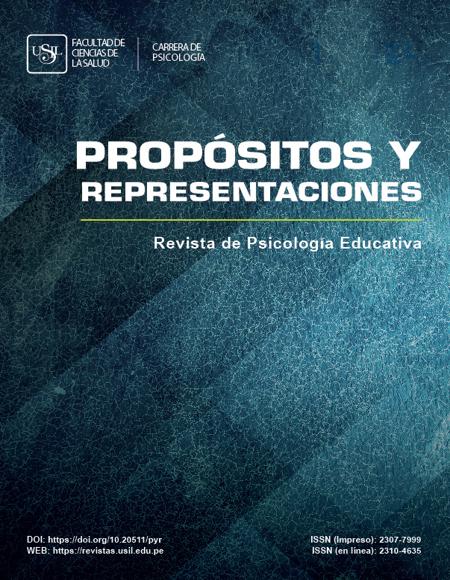Confrontations in the historical part of Shahnameh with the approach of Louis Strauss
Confrontations in the historical part of Shahnameh with the approach of Louis Strauss
##plugins.themes.bootstrap3.article.main##
The opposition of the opposites is also reflected in the myth of the nations and one of the main fields of the myth is the struggle of different forces. Myth is the mother of epic, and any nation that does not have a myth is also useless of epic, and the main background of the epic of any nation is its myth. So this fundamental concept has also found its way into the epic; But in the process of materialization of phenomena from myth to epic, mythical concepts are formed differently in the epic, and during this process, the confrontation of human beings or heroes with evil forces, the confrontation of two tribes and clans, The two heroes become one with each other. In general, it can be said that epic is the fruit of man's struggle with anything that is against his dreams and aspirations and in opposition to his will and action. Meanwhile, the contrast between the phenomena of nature such as night and day, darkness and light, drought and wet season, greenery and autumn and the like, had caused the human way of thinking and worldview based on the same contrast. And as a result, human mythology is full of these contradictions. Moreover, even in later periods, such a way of thinking has prevailed in the human mind and historical data have been analyzed and explained based on this approach. Another important factor in the existence of confrontation and contradiction in mythology is the existence of secondary ideas in these works; Because the important principle in the dual thought of the myths of ancient Iran is the conflict between the demonic forces and the Ahura forces, which considers the whole world as the place of these two opposing forces; Influenced by this idea, we always encounter confrontation and war between groups in Shahnameh. One of the important sources and a collection of myths and legends and even valuable historical contents of this region is Ferdowsi's Shahnameh, which is divided into three parts: mythology (from the time of Kiomars to the kingdom of Fereydoun), heroism (from the rise of the blacksmith to The assassination of Rostam and the reign of Bahman, son of Esfandiar) and historical (from the reign of Bahman and the birth of Alexander to the opening of Iran to the Arabs) has been divided.














